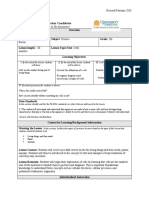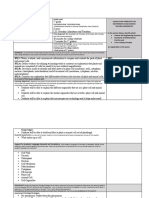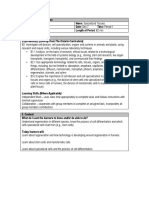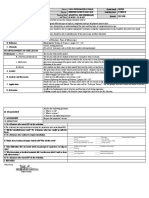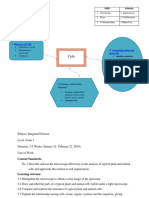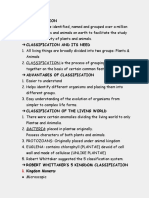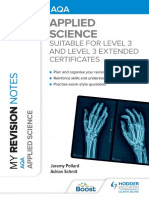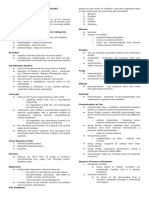0% found this document useful (0 votes)
53 views5 pagesNS Lesson 1
This lesson plan outlines a Grade 9 Natural Sciences class focused on understanding cells as the basic unit of life. Students will learn to define cells, explain their visibility under a microscope, and identify different types of cells, with a mix of teaching strategies including brainstorming, guided explanation, and visual aids. The lesson aims to engage students through interactive learning and concludes with a review and assessment of their understanding.
Uploaded by
theriver026Copyright
© © All Rights Reserved
We take content rights seriously. If you suspect this is your content, claim it here.
Available Formats
Download as PDF, TXT or read online on Scribd
0% found this document useful (0 votes)
53 views5 pagesNS Lesson 1
This lesson plan outlines a Grade 9 Natural Sciences class focused on understanding cells as the basic unit of life. Students will learn to define cells, explain their visibility under a microscope, and identify different types of cells, with a mix of teaching strategies including brainstorming, guided explanation, and visual aids. The lesson aims to engage students through interactive learning and concludes with a review and assessment of their understanding.
Uploaded by
theriver026Copyright
© © All Rights Reserved
We take content rights seriously. If you suspect this is your content, claim it here.
Available Formats
Download as PDF, TXT or read online on Scribd
/ 5











